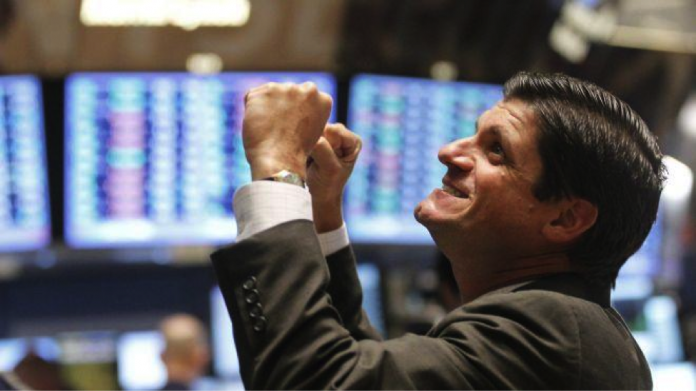President Donald Trump, champion of low taxes and big business, has undoubtedly spurred the economy on to explosive growth – even in the midst of a full-blown trade war.
An interest rate increase in late 2018 looked to spoil the party, but after reports of sterling Q1 2019 gross domestic product (GDP) growth, it appears as though predictions of a recession were greatly exaggerated.
Bewildered economists pointed to the Trump tax cuts of 2017 as an ill-timed, ham-fisted way to boost equities artificially. They said that it would ultimately lead to a serious correction when the “cows came home” in 2018, as the market was expected to be recoiling from a year of trade war-induced stress.
And though there was a significant dip from October-December of 2018 – which was almost entirely caused by the Federal Reserve’s premature raising of rates – the United States now looks like its back on top for the current year. The Labor Bureau continues to churn out sizzling jobs reports month-after-month, while the President tweets about how we’ve hit record high employment (and record low unemployment) ad nauseum.
Tired of winning yet?
Investors certainly aren’t, especially in the wake of a raucous post-Christmas rally that has defined equities in 2019.
That’s why so many folks were disappointed to see yet another tariff hike last week, set to collect $72 billion in revenue. The new levies rank as one of the biggest tax increases since 1993, and the largest increase as a percent of GDP in the last decade according to recently released data.
Thus far, the tariffs have only been outdone by the Affordable Care Act, which raised slightly more cash than the tariffs in its fourth year. Being mentioned in the same breath as President Obama’s most controversial legislation isn’t necessarily a good thing for our current president, especially when it involves Uncle Sam reaching into the wallets of the American people.
So, it was a surprise to many investors when “low taxes Trump” announced his new round of tariffs, potentially resulting in decreased earnings for corporations and costlier goods for consumers.
He claims it’s a necessary measure in winning the trade war, and something that the economy can easily absorb after posting glowing GDP growth numbers in the first quarter of this year.
And based on the results of the current earnings season, Trump’s looking like he was absolutely right.
Take today’s market-wide lift, for example. Cisco (NASDAQ: CSCO) and Walmart (NYSE: WMT) both posted earnings this morning that have sent equities on an absolute tear, causing the S&P and Dow to both rise roughly 1% as of midday.
Both companies blew past analyst estimates, overcoming the obstacle of a highly tariffed economy with great success. Walmart especially faced challenges as a major retailer, in one of the industries supposedly hurt the most by the trade war. In 2016, they partnered with Chinese company JD.com, a decision that was made right before trade tensions began following President Trump’s election.
Shareholders feared they’d get skewered for it in the coming years, but so far, so good.
The longer-term effects of the tariffs, which will be made clearer after Q2 and Q3 reports are published, have yet to be fully discovered, though.
But still, based on what we’ve seen so far this year, it looks like American economy is strong enough to power through.
Investors seem to think so too and will continue to hold that belief so long as corporations keep showing big-time earnings each quarter.
And with a recession off the table (for now), there’s no reason that the “good times” can’t keep on rolling.
Even with a trade war raging in the background.








